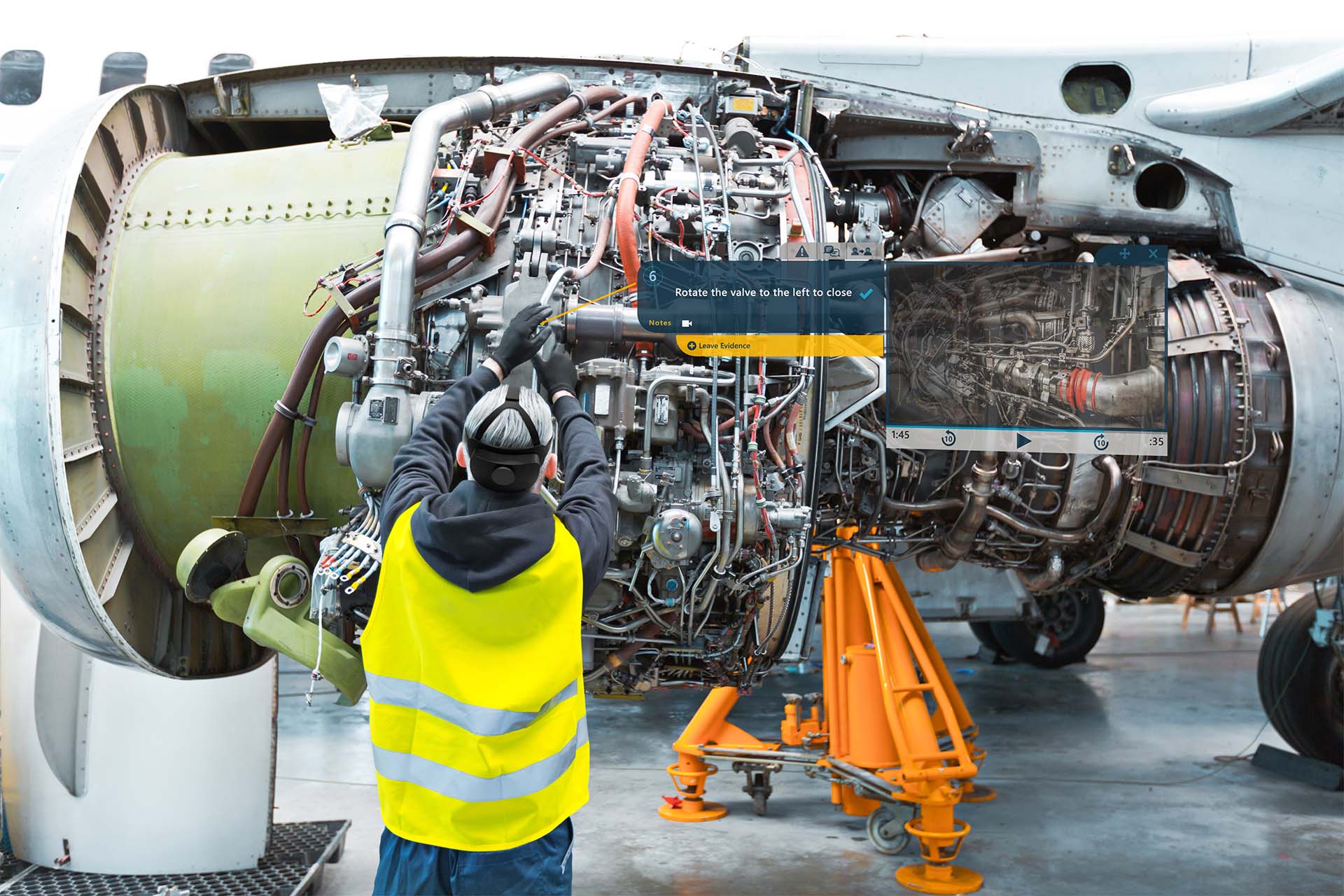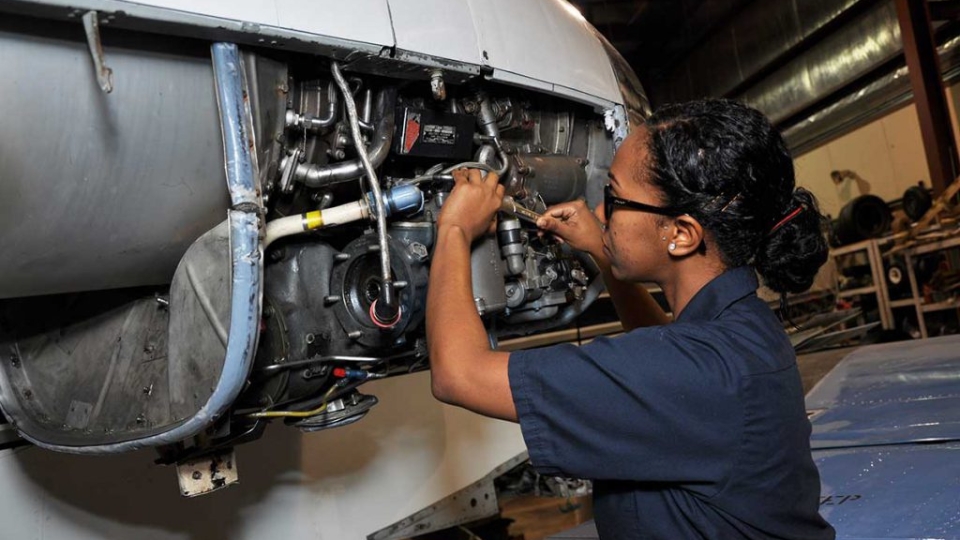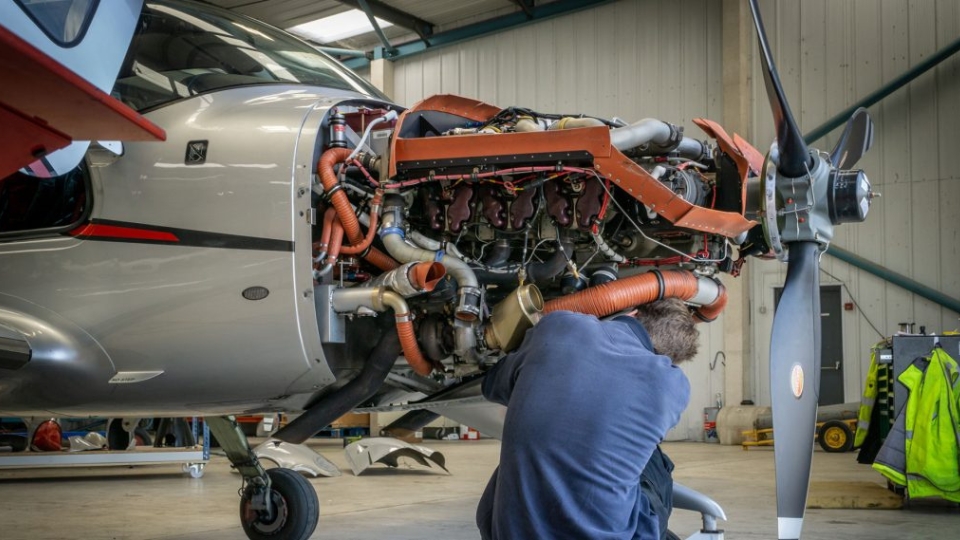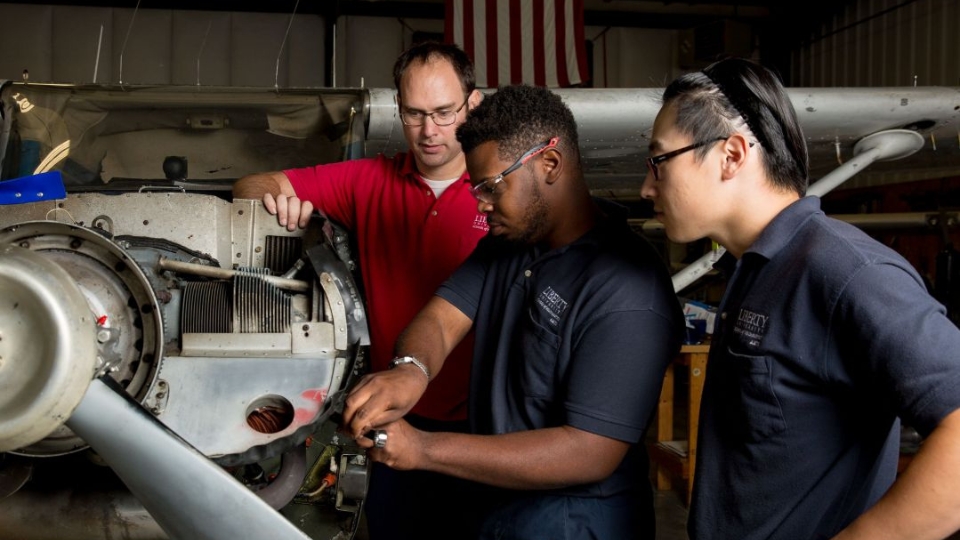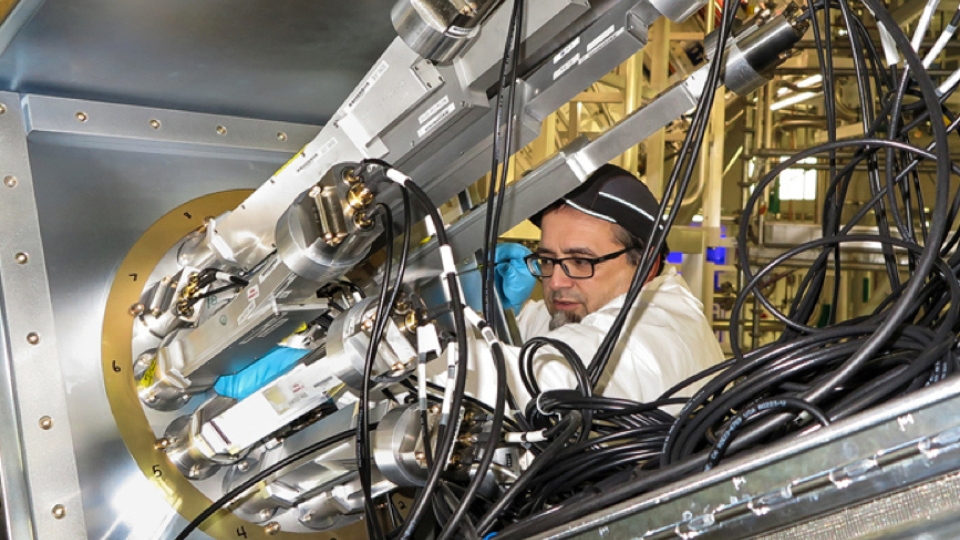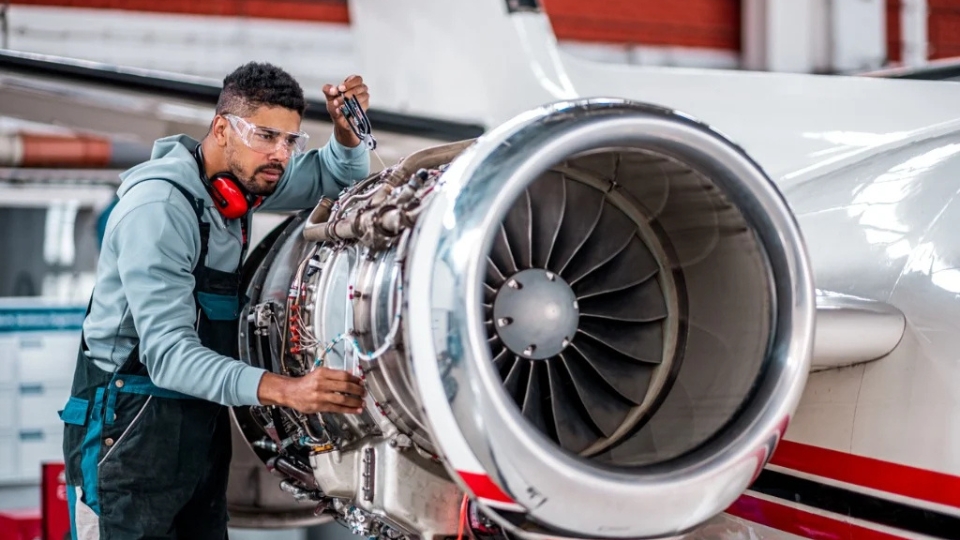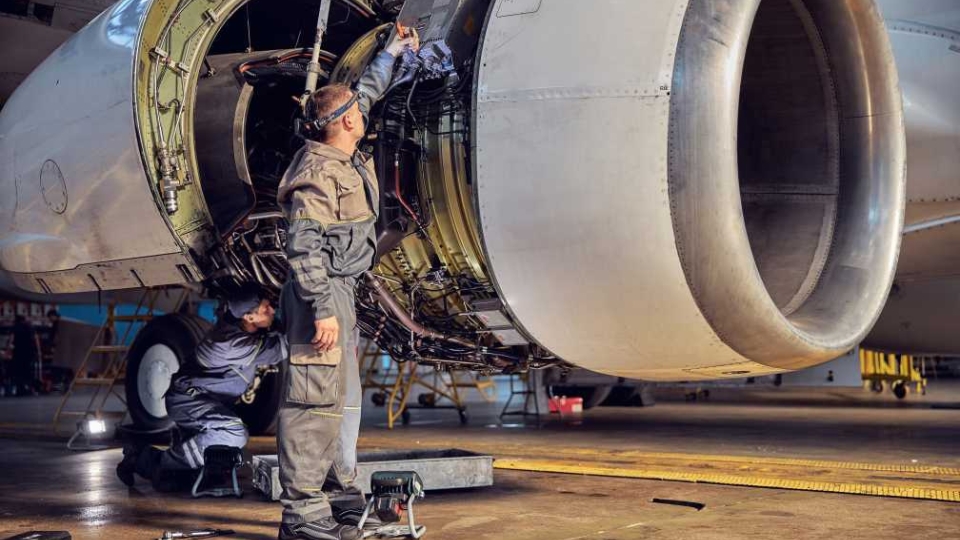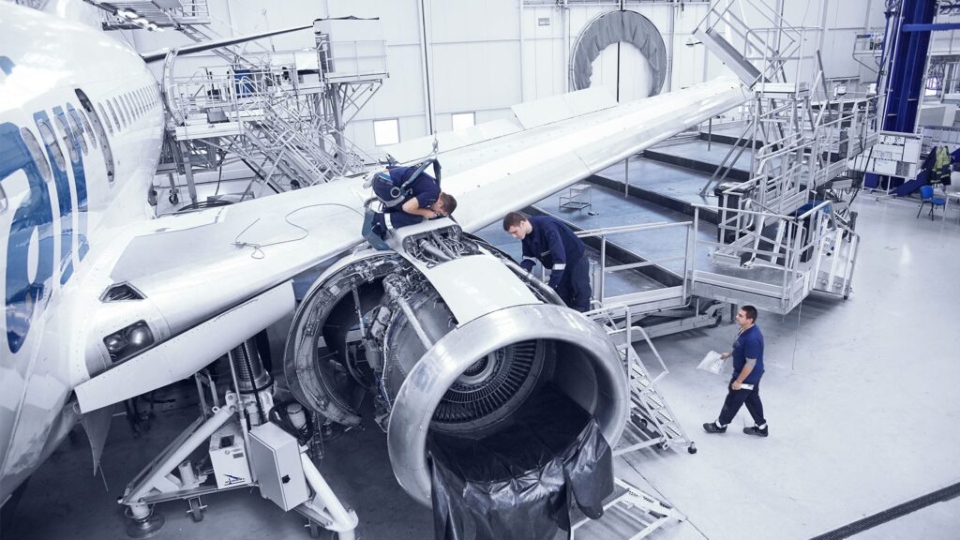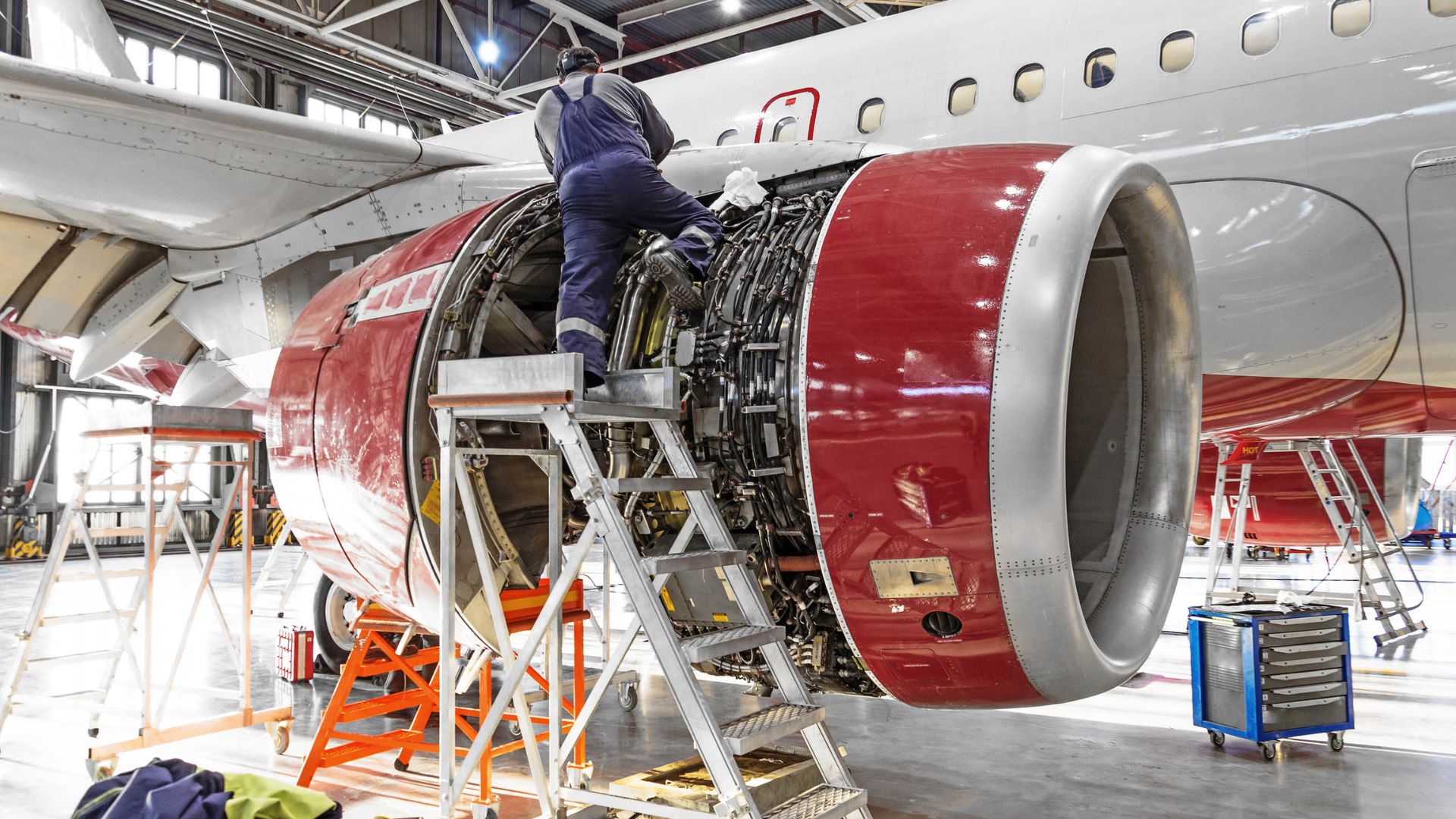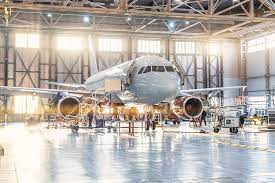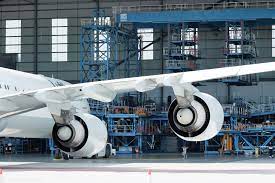Aircraft maintenance is crucial to keep planes safe, reliable, and efficient. Airlines and private operators follow strict schedules to inspect and repair aircraft components. These procedures prevent accidents, extend the life of the aircraft, and maintain regulatory compliance. Understanding the most common maintenance procedures provides insight into how aviation remains safe and dependable.
Pre-Flight Inspections
Pre-flight inspections are the first line of defense in aircraft safety. Pilots or maintenance personnel examine the aircraft before every flight. They check fuel levels, control surfaces, lights, tires, and engine components.
Even small issues, such as loose panels or minor fluid leaks, are addressed immediately. These checks ensure that the aircraft is ready for safe takeoff and operation.
Routine Scheduled Maintenance
Airlines follow scheduled maintenance programs based on flight hours, cycles, or calendar time. These include A, B, C, and D checks.
-
A Checks: Conducted approximately every 400–600 flight hours. These inspections cover basic systems, fluid levels, and general airframe condition.
-
B Checks: Less common today, typically conducted every 6–8 months, involving more detailed inspections.
-
C Checks: Performed every 20–24 months or after a set number of flight hours. They require more extensive disassembly of components and detailed system checks.
-
D Checks: The most comprehensive, occurring every 6–10 years. The aircraft is fully stripped, inspected, repaired, and tested. This ensures the plane remains airworthy for the long term.
Engine and Propulsion System Checks
Engines are the heart of any aircraft. Maintenance procedures include inspecting turbine blades, fuel systems, oil levels, and performance parameters.
Technicians also perform borescope inspections, allowing them to examine internal engine components without full disassembly. Regular engine checks prevent malfunctions, enhance fuel efficiency, and maintain safety.
Hydraulic and Electrical System Maintenance
Hydraulic systems control landing gear, brakes, and control surfaces. Maintenance involves checking fluid levels, hoses, pumps, and actuators for leaks or wear.
Electrical systems power avionics, lighting, and flight instruments. Regular inspections ensure batteries, wiring, generators, and backup systems are functional. Faulty electrical components can affect safety, so proactive maintenance is essential.
Avionics and Instrument Checks
Avionics systems include navigation, communication, and flight management instruments. Maintenance checks involve software updates, calibration, and functional testing.
Technicians verify that autopilot systems, GPS, radar, and radios are working correctly. Accurate avionics reduce pilot workload, enhance situational awareness, and improve safety.
Structural Inspections
The airframe undergoes regular inspections for cracks, corrosion, and fatigue. Non-destructive testing methods, like ultrasound or X-rays, are often used to examine hidden areas.
Structural maintenance ensures the aircraft can withstand stress from takeoffs, landings, turbulence, and pressurization cycles. This procedure prevents structural failures and extends the aircraft’s service life.
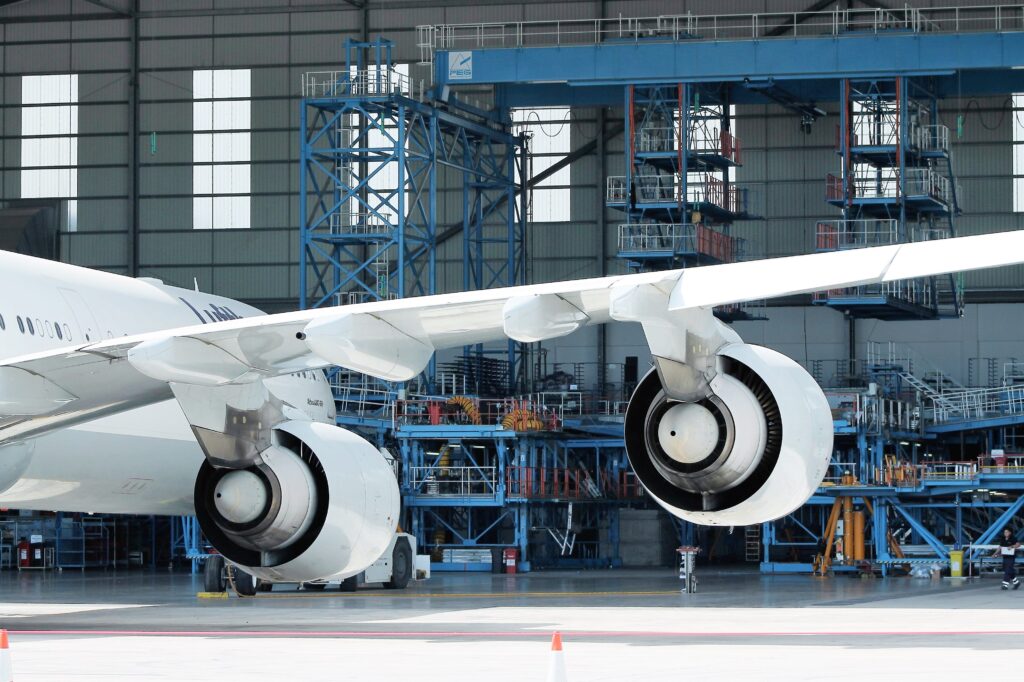
Common Aircraft Maintenance Procedures Explained
Cabin and Safety Equipment Checks
Cabin systems, including pressurization, air conditioning, lighting, and emergency equipment, are regularly inspected. Fire extinguishers, oxygen masks, life vests, and evacuation slides are tested to ensure functionality in emergencies.
Proper cabin maintenance ensures passenger comfort and safety throughout the flight.
Conclusion
Common aircraft maintenance procedures are essential to ensure every flight is safe and reliable. From pre-flight inspections and routine checks to engine, hydraulic, electrical, avionics, and structural maintenance, each procedure plays a critical role. By following strict maintenance protocols, airlines and operators reduce risks, extend aircraft lifespan, and maintain compliance with aviation regulations.

